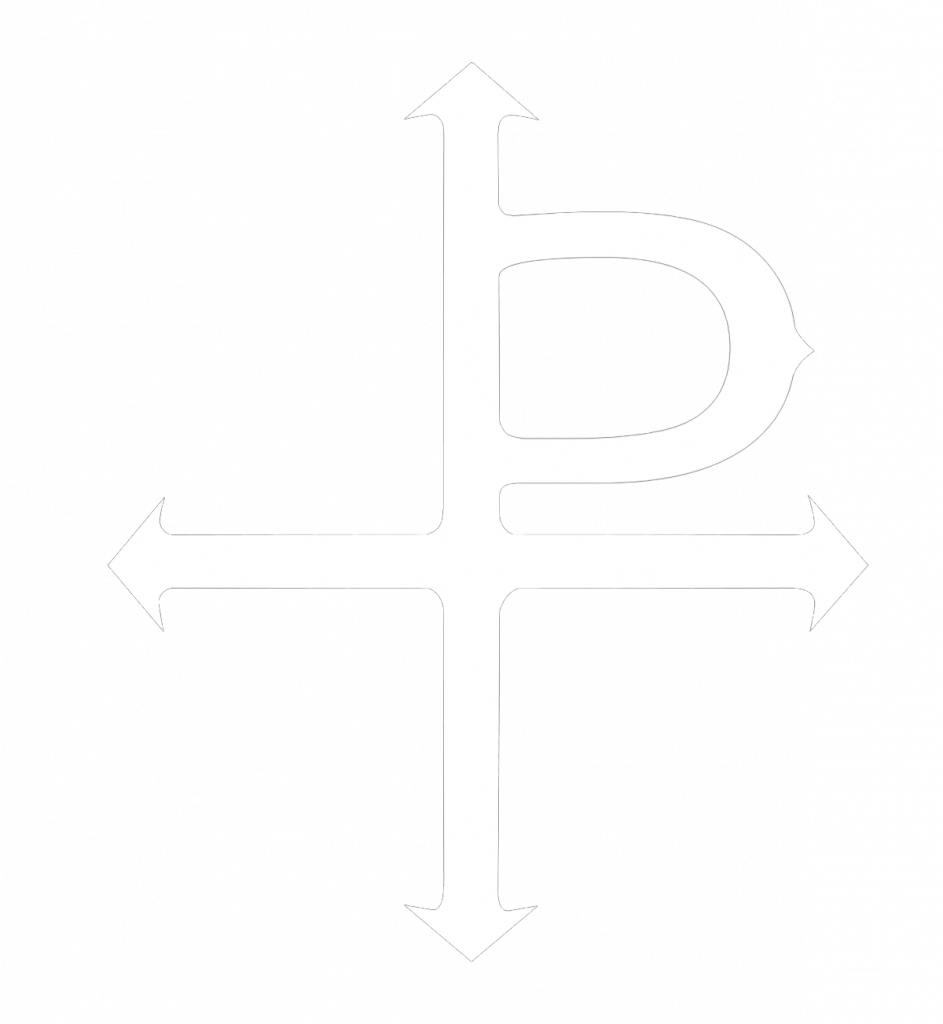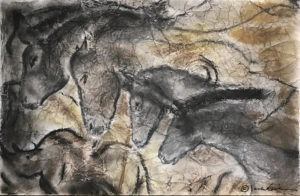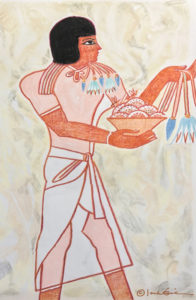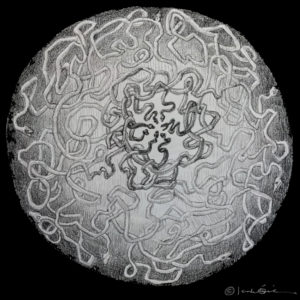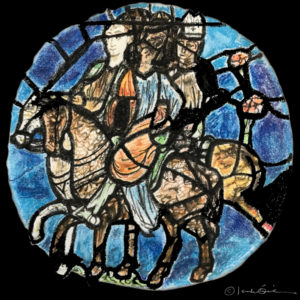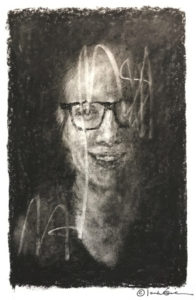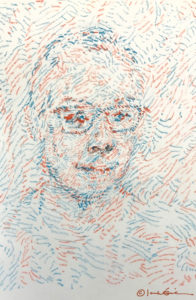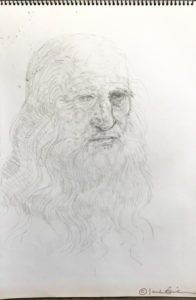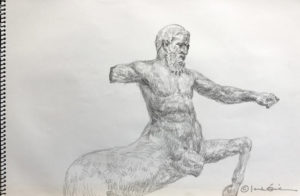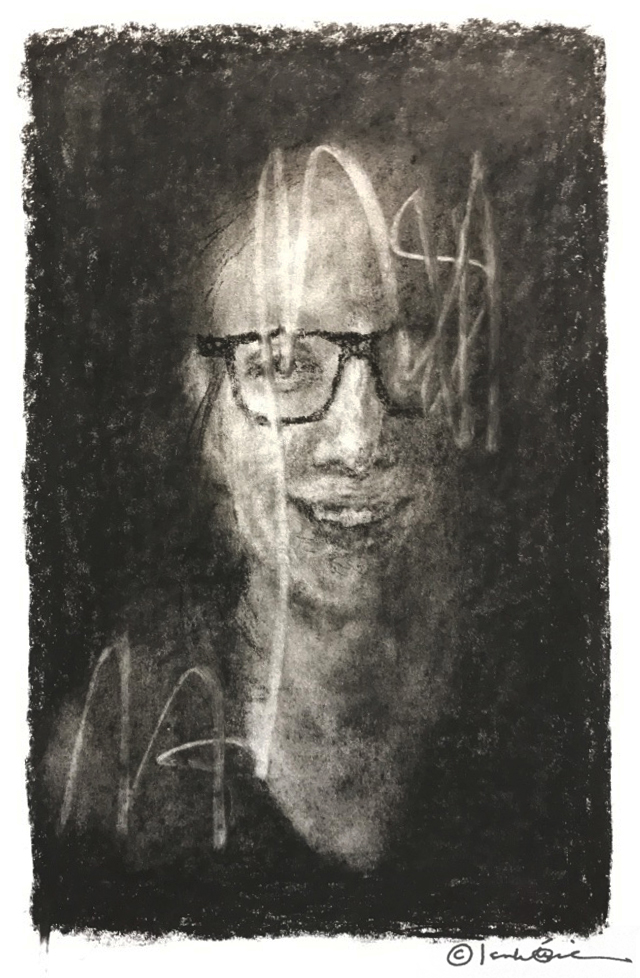
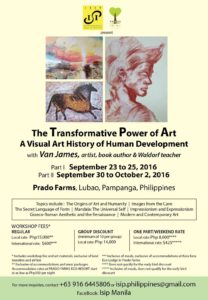 I’ve recently had the privilege to participate in an exceptional 2 part workshop of artist, book author, and Waldorf teacher, Van James held in Prado Farms, an appropriately transformative venue in Lubao, Pampanga. It was a remarkable combination of content and context.
I’ve recently had the privilege to participate in an exceptional 2 part workshop of artist, book author, and Waldorf teacher, Van James held in Prado Farms, an appropriately transformative venue in Lubao, Pampanga. It was a remarkable combination of content and context.
Prado Farms is a Biodynamic and organic farm; An Eco-resort with its own forest, lush gardens, a bed + breakfast hotel, a functional workshop venue, a chapel, a theater, a restaurant and a cafe, and a salt water infinity pool. With fresh produce straight from the farm to your table, and its own collection of art, curio, and historical artifacts, it is basically anything you would want or need it to be. Staying in such an environment whilst orienting all one’s energy towards learning truly invigorates the ‘human condition’.
The lectures were vast in scope –from art’s origins to its role in present day. They were conducted in the conference rooms while the applied portions were held in the chapel. There were corresponding drawing exercises for most of the art movements so that the participants could experience the tenets of a historical period through practical application. Once can say that working in the chapel was also an empirical take on ‘higher learning’.
* * * * * * * * * *
We all have skills and ideas that are put on hold, or filed for future use because they are not needed on a daily basis. This workshop granted more room for these non-urgent ‘matters’ to thrive.
One of these ideas is my ‘misnomerous’, ‘Cone Theory’ — A visual formula for depicting light on a surface. Perhaps this is just reinventing the wheel, but light creates very distinct patterns when breaking up on surfaces. Does this mean that once people start noticing these patterns, drawing light realistically can be as simple as connecting dots?
Sometimes I wonder if only I can see these shapes that look like overlapping wifi icons or 2d ice cream cones (hence the name).

Interestingly, old paintings such as Rembrandt’s and Vermeer’s portray these illumination patterns quite accurately with pigment. Hence, I would tend to believe that other people can see them too. Then again, what if my perception of painters painting cones is tainted by how my brain puts the cone-pattern on top of everything in the first place?* What if other people see hearts? Stars? Doom! Doom! Doom!
I made this art theory multiplication table to illustrate the 16 kinds of cones I see:

Seeing 16 types of overlapping wifi symbols in various orientations can make something as simple as a plain white wall overwhelming. Therefore, learning how to turn the patterns off was just as important.
Veering back towards the main subject, let’s just say the cone seeing ability went slightly out of hand during the workshop. Making a replica of someone else’s work in 1-2 hours, in unfamiliar colors, strokes, and media –all while seeing this pattern of light, dark, warm, cool cones on top of everything really forced me to prioritize what needed to be seen. Imagine seeing the pattern on the piece of paper, whilst image itself had its own distinct pattern too.
Completing ‘quick’ artworks was a skill that improved as the workshop progressed. Though I don’t deny working over-time late into the night, nothing is more satisfying than the pursuit of one’s own standards. Taming the beast of cone theory gave this workshop another layer of cerebral depth and in my case, growth.
Now for some examples, please click to enlarge.
Part I – The Origins of Art: Drawing from prehistory and Ancient Artistic Traditions
Paleolithic Art:
chalk pastel on crumpled paper
Egyptian Art: I found my version of lacking, so I took liberties in drawing the cones in. The original background is a blank beige wall.
Some kind of waxy pencil I’ve never seen before + chalk pastel, on paper
There were also some personalized and identity based exercises such as this freehand Mandala:
I’ve always been more of a ‘bang your head against a rock until you get it’ type of person. Words like ‘meditation’, ‘mantra’ ‘psyche’, ‘spiritual’, ‘aura’, ‘mandala’ and the likes make my stomach turn. This is why I’m going to shamelessly quote the internet to avoid having to fully describe the mandala experience in my own words.
“Mandalas are sacred pieces of artwork which are used to evoke healing, spiritual development and meditation. The word Mandala means ‘sacred circle’ and is derived from the word ‘mandra’ which means ‘container of essence” – http://foreverconscious.com/the-healing-power-of-the-mandala
Though I don’t disagree, mandalas are just not my poison. Ironically, I did experience something odd while drawing one – a mysterious red rash developed in the middle of my chest. It didn’t hurt, it wasn’t itchy, and it went away on its own the next morning. I’m still wondering if making my mandala exorcised something to this day. Perhaps.
Mystery waxy pencil on paper
Medieval Art: Drawing of a stained glass window
Chalk pastel on paper
Part II – Spirit & Art: From the Renaissance to Today
Baroque / Dutch Golden Age: Rembrandt Drawing
Chalk pastel on Paper
Abstract Expressionism: Not my favorite. I had to devise a way to enjoy making something I didn’t want to make. ‘Find a way to remove the factors that are keeping you from your goal’, is what a good and respected friend once said. This was a chance to put it ot the test.
One a side note, I made that squiggly white line with an eraser in one grand stroke, and inadvertently wrote ‘mania’.
Chalk pastel on paper
Our final exercise was another self portrait. The art movement was free choice.
It another opportunity to depict Cone Theory in its hue aspect.
Last but not least, here is a series of works called ‘Not Enough Time’.
Renaissance: Barely after Leonardo da Vinci
6B pencil on paper
Hellenistic: Centaur and Lapith (from the Parthenon) with messed up abs
Mysterious waxy pencil on paper
Romanticism: J.M.W. Turner lacking shadows.
* If you happen to be interested in a more in-depth discussion of Cone Theory, please don’t hesitate to contact me.
